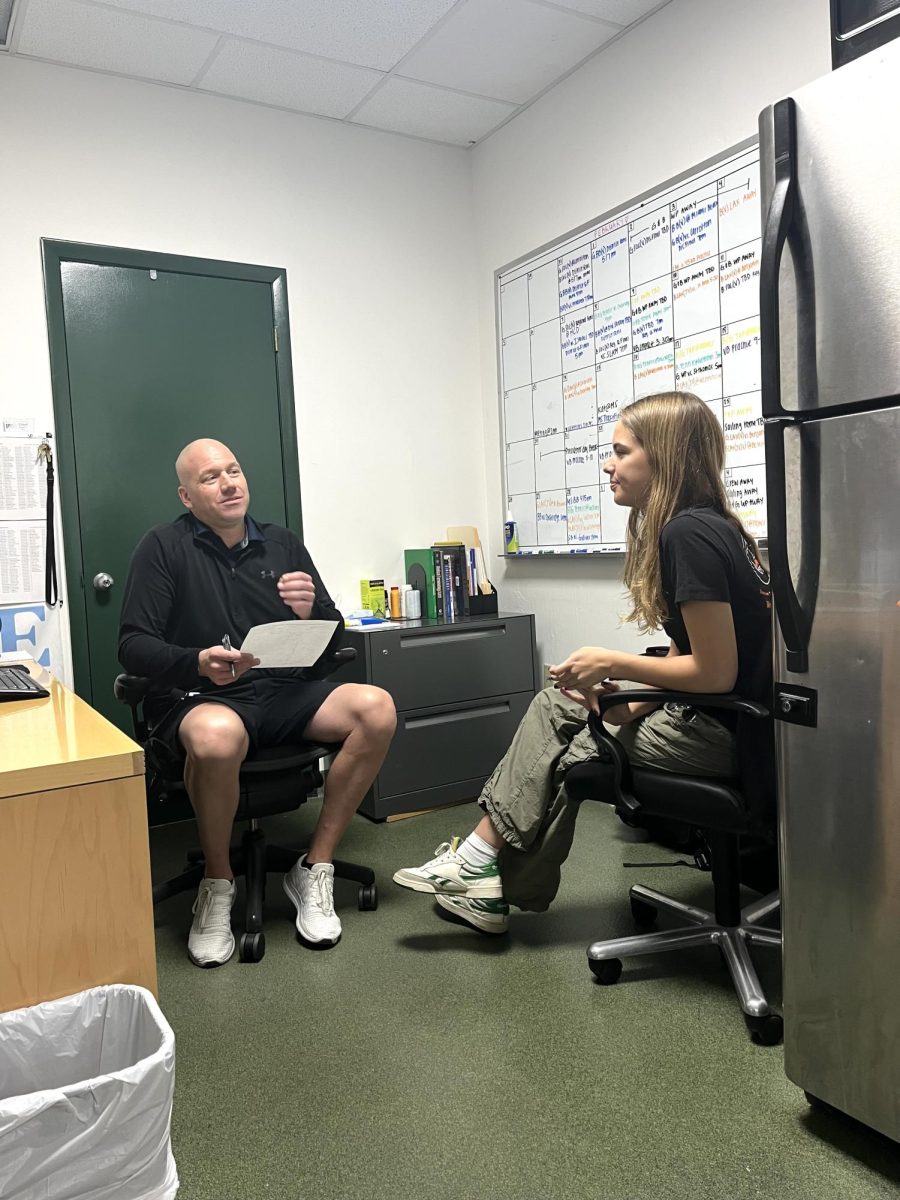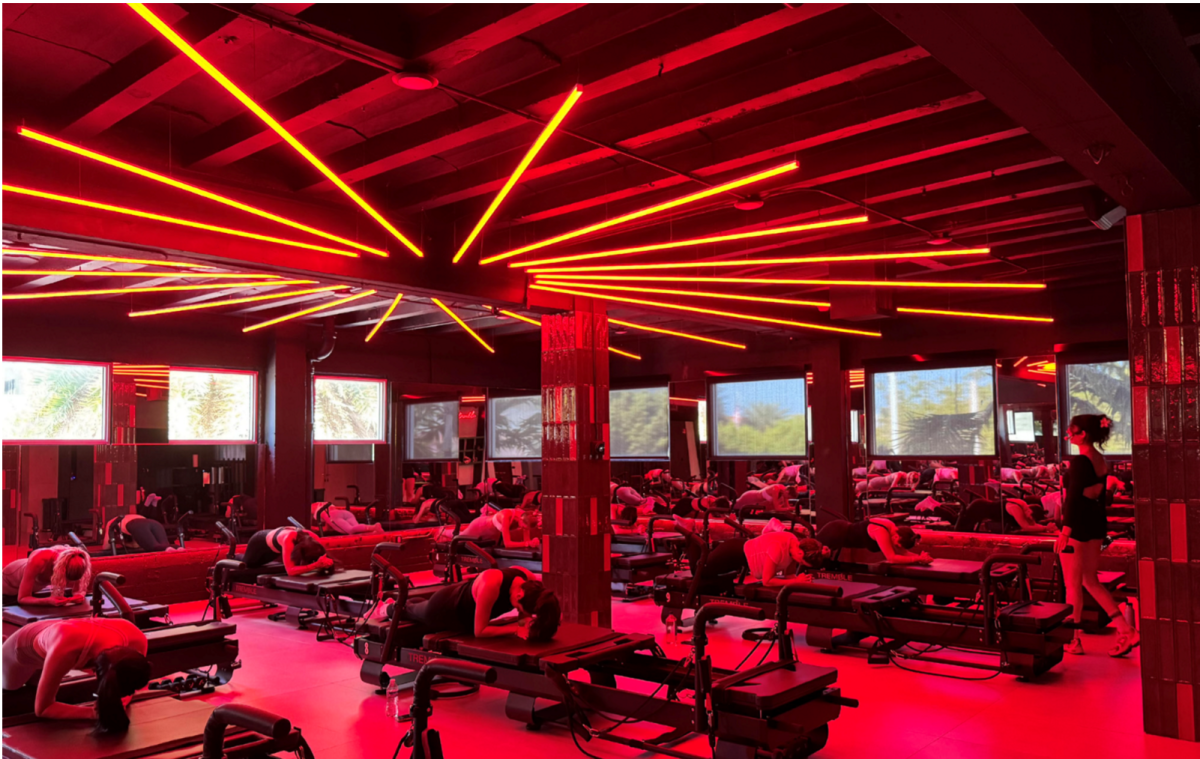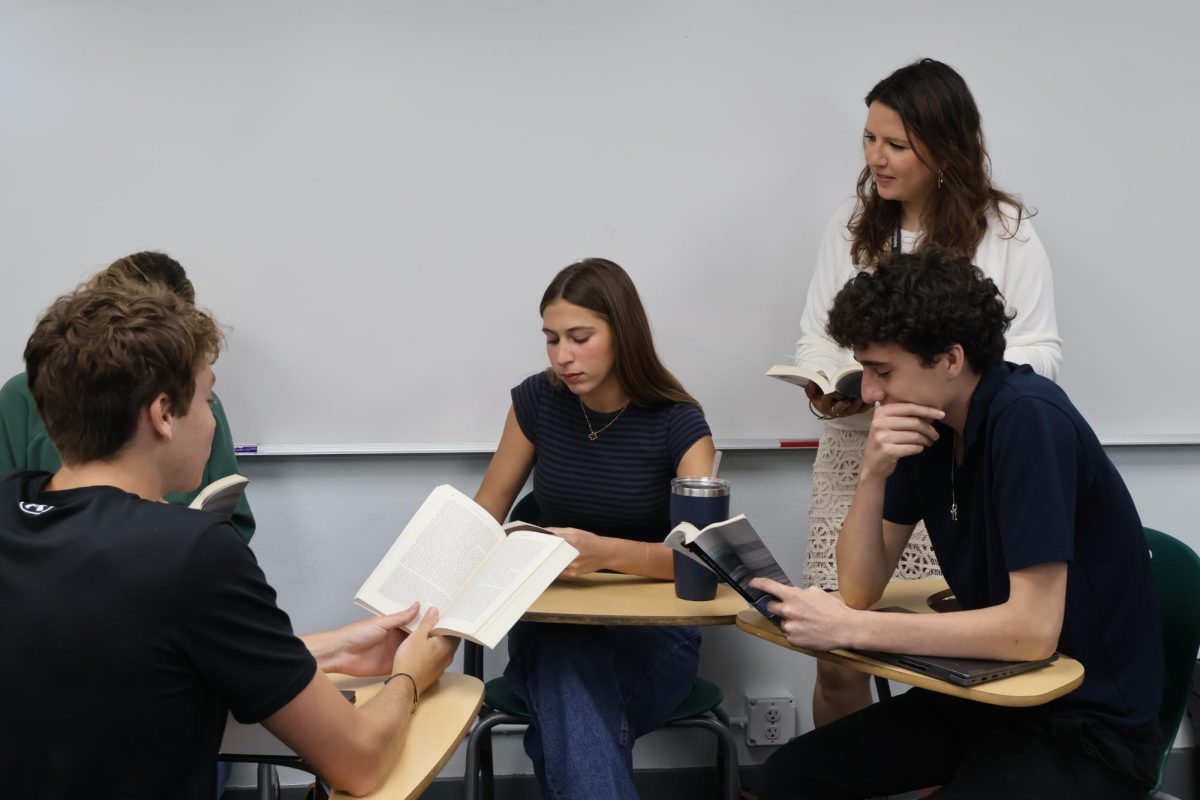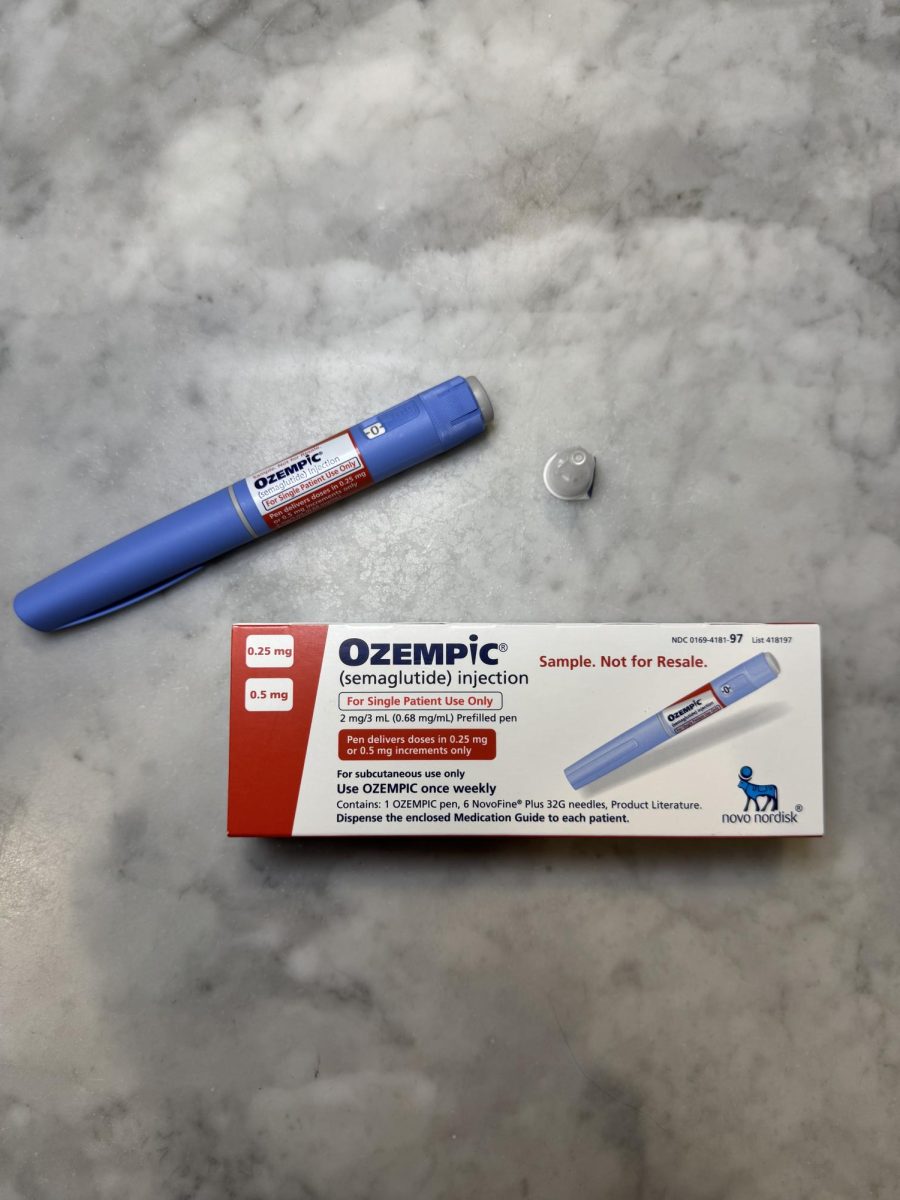Junior year at Ransom Everglades can be difficult under the best of circumstances. For Jesse Kaplan ’23, who suffered a concussion on the football field at the beginning of his junior year, it was a nightmare.
“My symptoms ranged from light sensitivity, migraines and memory loss to balance issues, and other extreme ocular problems,” said Kaplan.
Kaplan is not alone. Numerous students at RE have been diagnosed with concussions in the past year, in an experience that has left them coping with debilitating symptoms while also enduring the intense stressors of school. Because of the difficulty of the injury, RE has begun implementing a new and improved concussion protocol in an effort to accommodate students after their injuries.
A concussion is a traumatic brain injury that results when one gets hit in the head, causing the brain to move back and forth within the skull. According to Lloyd Knudson, who joined RE as Head Athletic Trainer in 2022, the symptoms of a concussion can vary. Mr. Knudson has an extensive list of 22 symptoms that he uses as a checklist to determine the degree of the injury. Although there are many symptoms, Mr. Knudson says that “the most common symptoms I see are headache, pressure in the head, dizziness, and sensitivity to light or noise.” Carolina Hommen ’24, a junior who got pushed and fell on her head during a soccer game, said that “she got awful headaches.”
One of the most difficult aspects of concussion recovery is that symptoms can linger for a long time. For people like Hommen and Kaplan who struggled through and recovered from a concussion, the result is still not 100 percent pain free. Kaplan said that he “still to this day [has] light sensitivity and headaches.” Hommen, whose concussion happened at the end of Fall 2022, said that she is “still getting headaches—and the worst is the dizziness and the nausea.” For both student athletes, this crucial injury still affects them in their day-to-day lives.
Mr. Knudson said that “at Ransom, our biggest obstacle here is dealing with the rigorous academics.” “I felt like I was in kindergarten because I felt so helpless,” said Jude Yeo ’24, who got hit in the head with a soccer ball earlier this year. Yeo said that he could barely comprehend any of what he was reading or writing. Because the doctors instructed him to be off any computer screen, he said “I was barely learning anything, and I couldn’t do much.”
Kaplan, Hommen and Yeo all described not being able to make it through a full academic day when concussion symptoms were at their most severe. “I could do two period of class, but then I had to go rest in the nurse’s office,” Yeo said. Kaplan said that he could only withstand classes for 15 minutes; eventually it turned into half days.
Before the updated concussion protocol, RE approached concussion accommodations on a case-by-case basis. Kaplan pointed out that he was only able to miss school after his doctors convinced school leadership to provide the accommodations he needed.
Even when he returned after missing “about two and a half months of school,” Kaplan said, he felt “pressure to complete the two and a half months of work I missed while still experiencing the full spectrum of symptoms, just to a less debilitating extent.”
This year, the school’s approach has shifted. Mrs. Shellie Perdigon, RE’s Student Support Services Supervisor, said that “we have a new concussion team that has formed.” This concussion team meets with medically trained professionals to share insight about how to properly face this injury. Nurse Marie Gregorio, Mrs. Perdigon, and Mr. Knudson now work together to listen to the injured victims and provide accommodation for what they need.
One change that has been implemented across the board, according to Mrs. Perdigon, is “a 48-hour mandatory stay at home if you have been injured”: a policy meant to ensure that students suffering from a concussion get a chance to rest and monitor symptoms.
Mr. Knudson pointed out that having an athletic trainer on campus to assess and treat concussion constituted another crucial part of the school’s new approach. “A lot of the issues when I first came here was just the fact that nobody was here,” he said. “It is so vital that student athletes have an athletic trainer to diagnose and treat them.” Mr. Knudson added that “you could really tell the difference between how many concussions there are this year compared to last year, and how these concussions are being treated.”
These changes have had a significant impact on the overall student experience with concussions. Kaplan, who was diagnosed with a concussion before the new changes, described what it was like to resume playing football without getting properly assessed by a trainer. “When I was put back in, my head was pounding, I was seeing double, and I couldn’t stand still. This prolonged and worsened by injuries,” he said.
Hommen, who was diagnosed with a concussion this year, said she had had a much better experience. Although the symptoms were and still are painful, the RE team immediately started working to help her throughout the injury. She also said Mr. Knudson kept her informed about concussions and told her not to get back on the field. She got diagnosed the weekend before Fall end-of-semester assessments. “My mom reached out, and then Mrs. Perdigon reached out to her and said, ‘Don’t worry about it, just rest.’” Since then, she said, the school has made ample efforts to give her a chance to make up the work at her own pace.
Yeo, who also endured his injury post change, said that “it’s really refreshing to see a school that’s so good at handling concussions.” His previous school did not have an athletic trainer on hand to diagnose his two separate concussions. At RE, he said that “Lloyd immediately brought me to his office and tested me after the hit.”
Yeo also described his accommodations as exactly what he needed. “The teachers were so kind with accommodations. They only gave me assignments that I absolutely needed to complete,” he said.
Those who are most affected by concussions endure both physical and mental pain, and RE is working to improve the protocol in order to better the experiences of the victims. “Once someone is diagnosed, the better and quicker it is addressed, the quicker the recovery process,” said Mr. Knudson.







